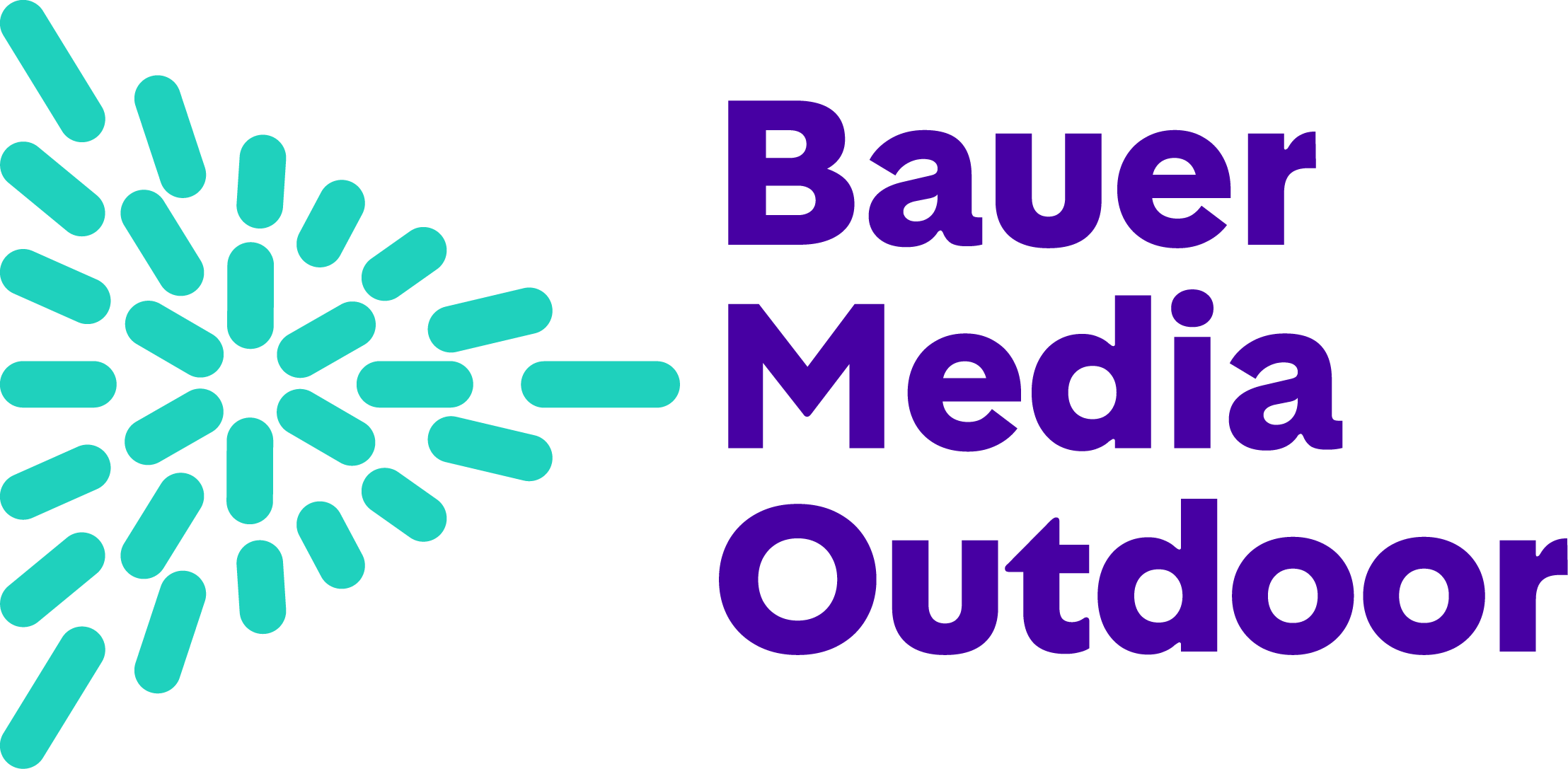Some advices for the creative work
Your advertising poster must be unique and inspirational. The positioning of your product or service and the content of your poster determines the impact and success of your campaign. The simulator "visualizer" offers a view of your poster and its visual effect.
Visualizer
How to create your poster
The visual is a key factor in advertising and communication. It is important to be able to generate interest, convey a message and stay in people's minds.
If you have never produced a visual creation, we advise you to carefully read the following recommendations.
1/ the content has to provide an answer to the following questions: What are you representing? Who are you targeting? What message do you wish to convey? In what environment will the poster be seen (e.g. indoor or outdoor, quick view road traffic or pedestrian traffic)? What impression do you want your poster to make?
2/ form: highlighting and distilling the message.
-
One fundamental rule: a poster is above all a message passed on via an image and not text: it is seen, but is not often read. It must be possible to take in the message in one or two seconds; for this reason, favour clear and concise information. The ideal message contains no more than 10 words.
-
Find a heading that attracts the reader. It must be impactful, catchy and summarise the crux of your message. Preferably place it in the centre or at the top of the poster, where people's attention will naturally be drawn. Place secondary information, such as contact details, at the bottom of the poster.
-
Photos and images constitute 50% of the visual. Avoid overloading the poster and it will be more appealing. Ensure that the most important elements of the poster are large enough to be seen, even from a distance and ideally from 10 metres away.
-
The logo must be easily recognisable. If it is the first time that you are creating a visual, take advantage of the opportunity to create a corporate identity. The most frequently used form of visual identity is the logo. It is vital in order to set you apart from your competitors and assert your brand.
-
Favour a large, sans serif font (without curves) for greater visibility. Using fonts with characters of different sizes can help to structure your content according to importance, but do not use too many different fonts because you are likely to lose the reader's attention.
-
The colour code is also very important. Choose appealing colours - ideally no more than three. Avoid pastel or dull colours and, for text, colours that cannot be clearly made out from a distance. Also think about introducing contrast in your poster with complementary light and dark colours.
